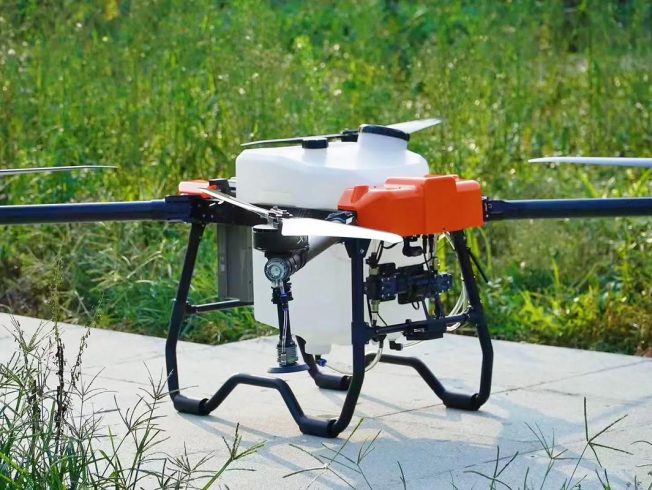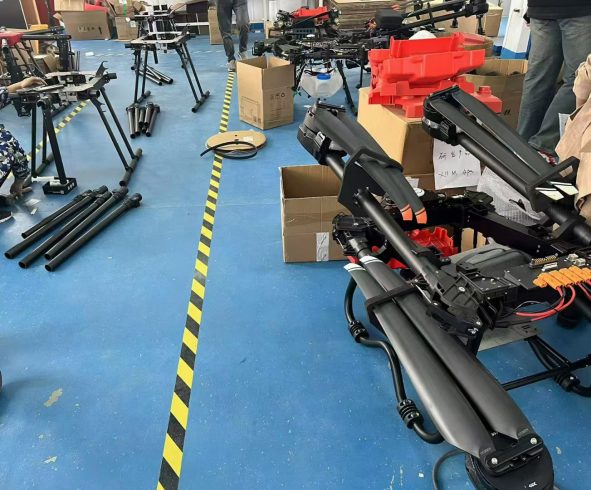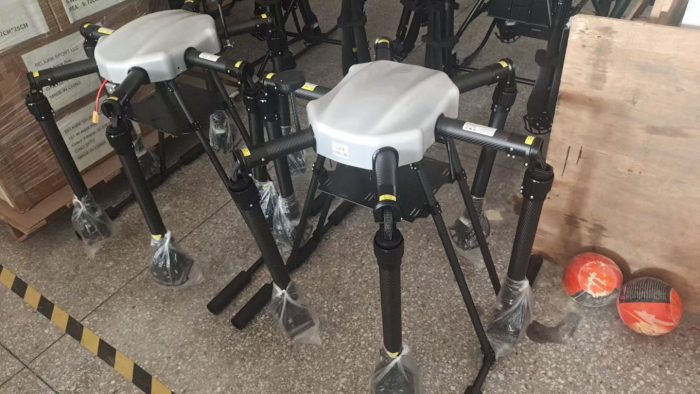![图片[1]-How to Choose a Drone Sprayer: A Comprehensive Guide for Modern Agriculture-msoen](https://www.msoen.com/wp-content/uploads/2025/04/fb3a437730190802.webp)
![图片[2]-How to Choose a Drone Sprayer: A Comprehensive Guide for Modern Agriculture-msoen](https://www.msoen.com/wp-content/uploads/2025/04/bc8d47a7a4190558.jpeg)
![图片[3]-How to Choose a Drone Sprayer: A Comprehensive Guide for Modern Agriculture-msoen](https://www.msoen.com/wp-content/uploads/2025/04/5d47b46e5a190336-768x1024.jpeg)
Selecting the right drone sprayer is a critical decision for farmers and agricultural businesses aiming to optimize crop protection, reduce labor costs, and enhance operational efficiency. With advancements in agricultural drone technology, choosing the best system requires careful evaluation of technical specifications, application needs, and long-term value. This guide provides actionable insights to help you make an informed choice.
- Assess Your Farming Needs and Scale
Before diving into technical features, define your operational requirements:
- Crop Type: Are you spraying row crops, orchards, vineyards, or specialty crops? Different drones are optimized for varying canopy heights and terrain.
- Field Size: Large-scale farms demand drones with extended flight times and higher payload capacities, while smallholdings may prioritize maneuverability.
- Spray Volume: Calculate the required output per hectare to match the drone’s tank capacity and spray rate.
For example, a 10-liter payload drone may suit medium-sized farms, while industrial operations might need swarms of drones or models with 30+ liters capacity.
- Prioritize Key Technical Specifications
A. Spraying Accuracy and Uniformity
Opt for drones equipped with precision nozzles, adjustable flow rates, and intelligent spray systems. Look for features like:
- RTK GPS or RTK-assisted navigation for centimeter-level accuracy, ensuring overlaps and avoiding off-target spraying.
- Multi-channel nozzles that adjust spray patterns (e.g., wide-angle for tall crops, focused streams for dense foliage). B. Battery Life and Power
- Flight Time: Aim for drones with 25–40 minutes of continuous operation to minimize recharge breaks.
- Battery Swapping: Check if the system supports fast battery replacement for uninterrupted workdays.
- Motor Power: High-torque motors ensure stability in windy conditions and heavy payloads. C. Obstacle Avoidance and Navigation
Advanced drones use AI-powered obstacle detection (LiDAR, cameras) and 3D mapping to navigate complex terrains. This is crucial for orchards or hilly regions.
- Evaluate Compatibility with Smart Farming Systems
Modern drone sprayers should integrate seamlessly with IoT platforms and farm management software. Key considerations:
- Data Syncing: Can the drone export spray logs, GPS coordinates, and coverage maps to your existing tools?
- Variable Rate Control: Integration with soil sensors or satellite imagery allows automated adjustments to spray parameters based on real-time crop data.
- Compliance and Safety Standards
Ensure the drone meets regional regulations and certifications:
- CE, FCC, or EASA Compliance: For export markets in Europe, North America, or other regions.
- Spray Drift Mitigation: Look for features like air-assisted nozzles to reduce drift and comply with environmental regulations.
- Weight Limits: Verify payload restrictions under local UAV laws (e.g., Part 107 in the U.S. for drones over 25 kg).
- Cost-Benefit Analysis
Upfront Investment vs. Long-Term Savings
While high-end drones may have higher initial costs, they often deliver ROI through:
- Reduced chemical waste (up to 30% savings on inputs).
- Lower labor costs compared to manual spraying.
- Extended equipment lifespan with durable, corrosion-resistant materials. Maintenance and Support
- Warranty Coverage: Prioritize brands offering extended warranties on motors, batteries, and spray systems.
- Service Network: Ensure access to certified technicians for repairs or upgrades.
- Sustainability and Environmental Impact
Eco-conscious buyers should prioritize:
- Electric-Powered Drones: Zero emissions and lower energy consumption compared to gas-powered models.
- Biodegradable Nozzles: Some systems use recyclable materials to minimize plastic waste.
- Future-Proofing Your Investment
- Modular Design: Look for drones with upgradeable components (e.g., swappable batteries, software updates).
- Scalability: Can the system adapt to larger farms or new crops as your business grows?
Final Checklist for Choosing a Drone Sprayer
- Matches crop type, field size, and spray volume requirements.
- Offers precision navigation, obstacle avoidance, and RTK GPS.
- Complies with export regulations (CE, FCC, etc.).
- Integrates with farm management software.
- Delivers long-term ROI through fuel efficiency and low maintenance.
Conclusion
Choosing the right drone sprayer hinges on aligning technology with practical needs while planning for scalability and sustainability. By focusing on precision, compliance, and smart integration, farmers can unlock higher yields, reduce environmental impact, and stay ahead in competitive markets.
Key Takeaways:
- Prioritize payload, flight time, and spraying accuracy.
- Ensure compatibility with IoT systems for data-driven decisions.
- Opt for certified, scalable designs to future-proof your investment.
Investing in a high-performance drone sprayer isn’t just about technology—it’s a strategic step toward transforming agriculture into a resilient, efficiency-driven industry.












暂无评论内容